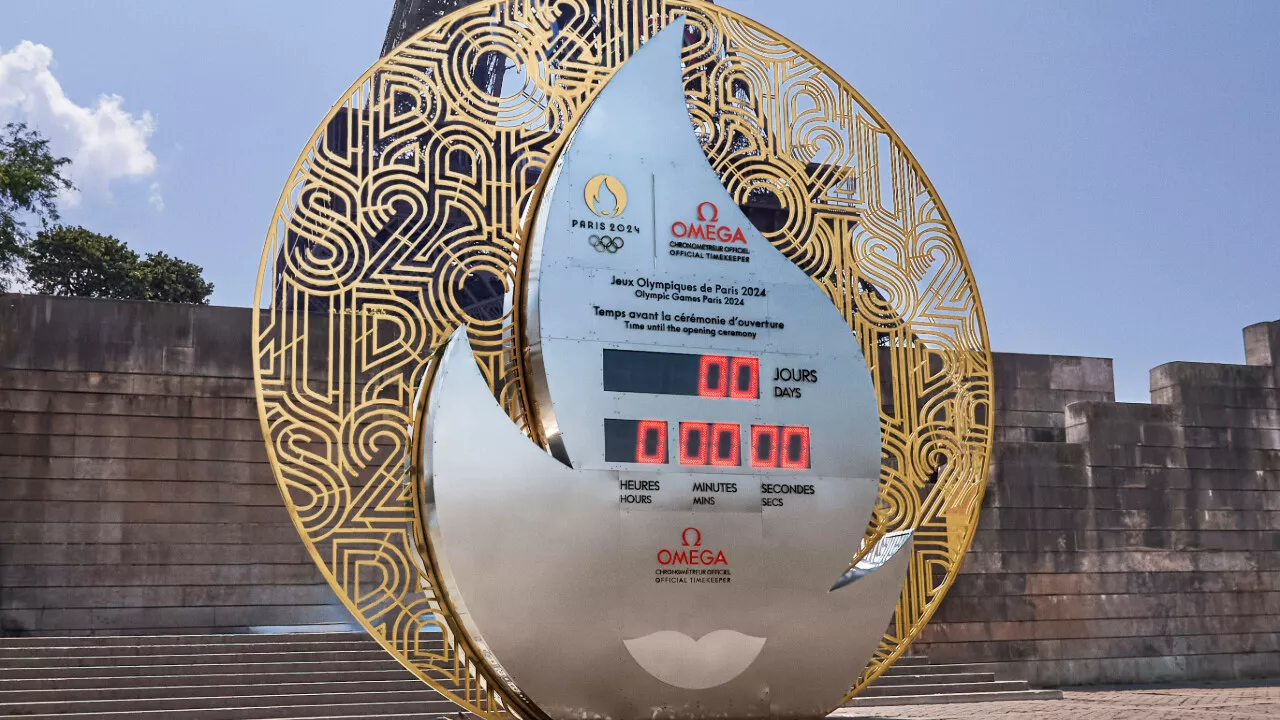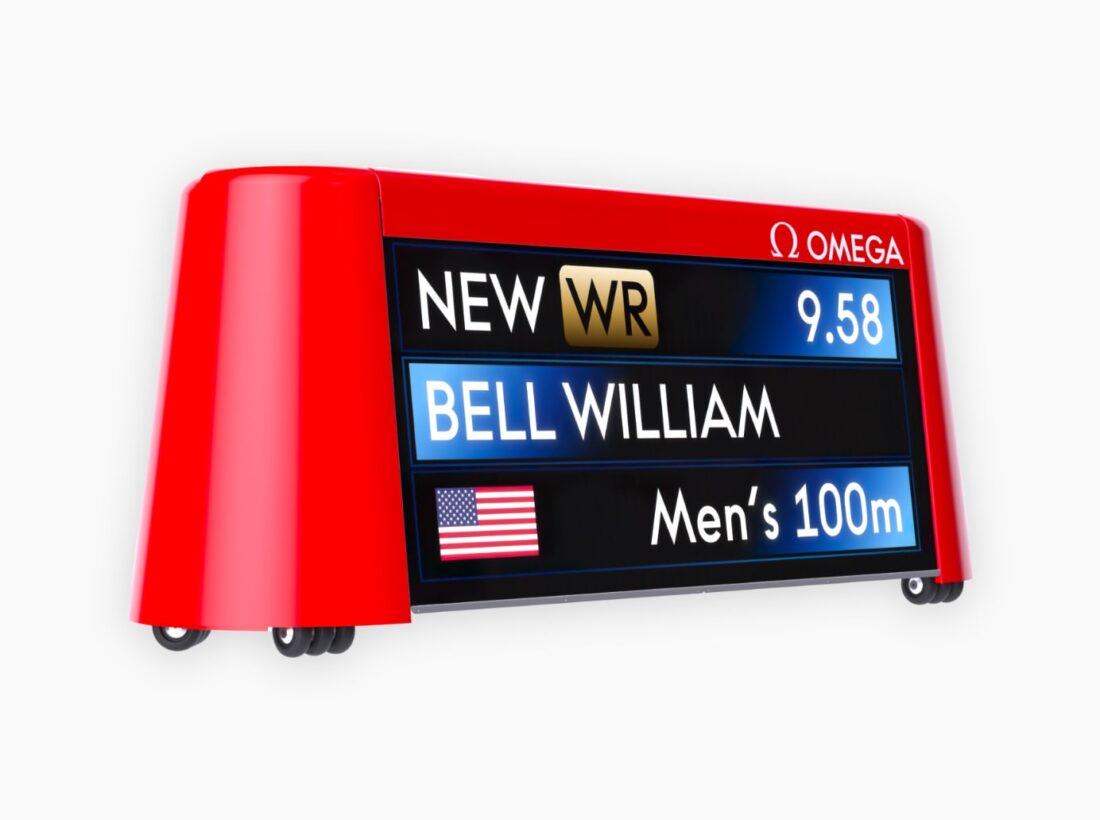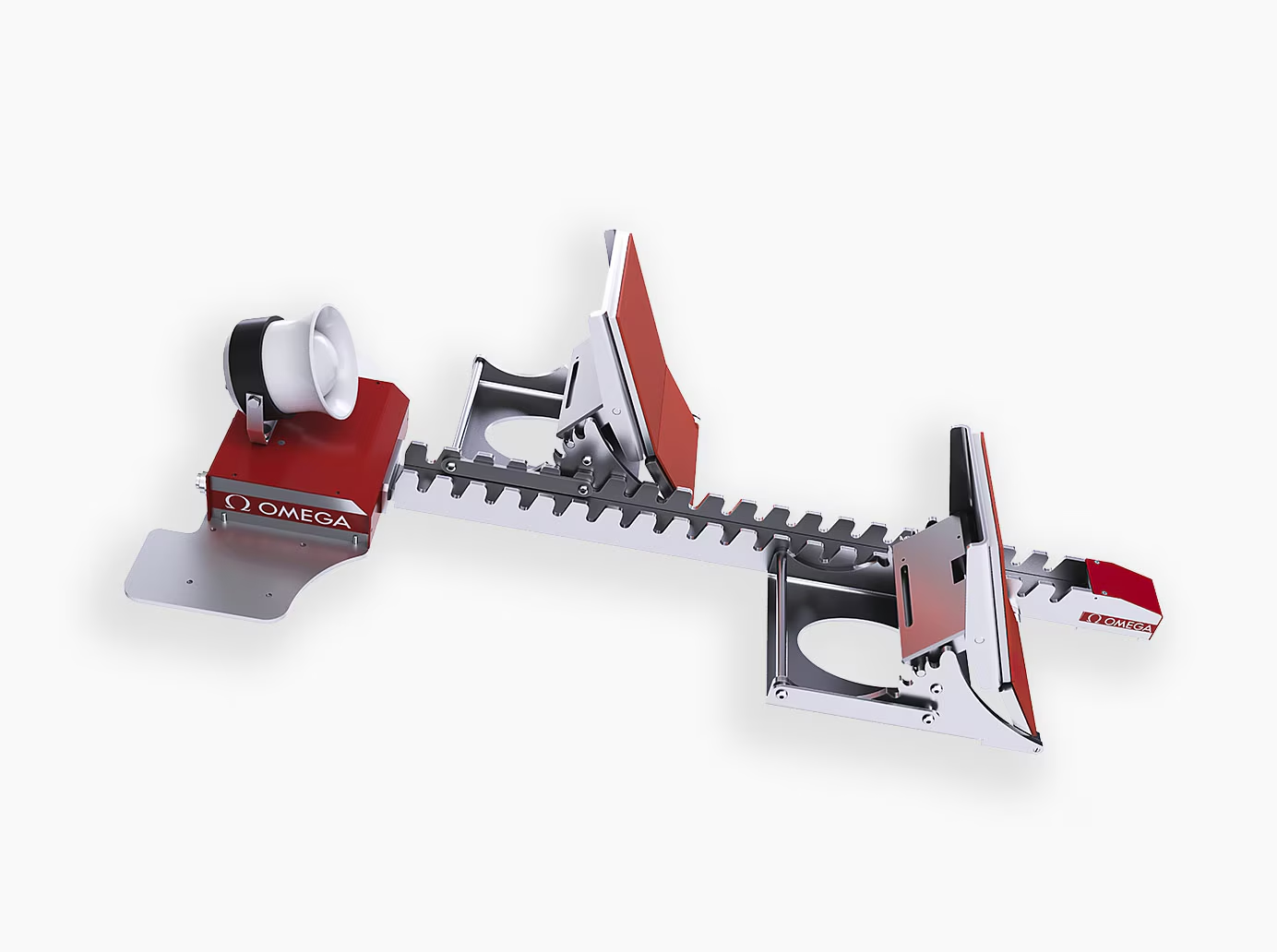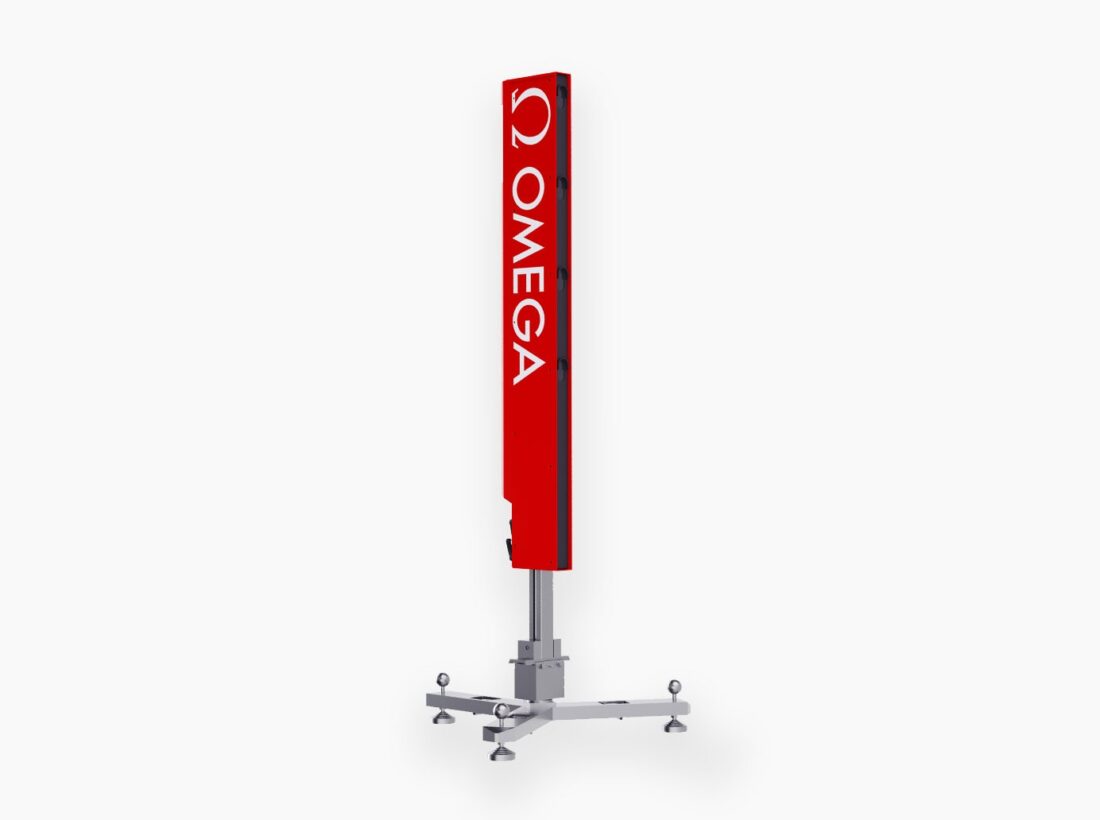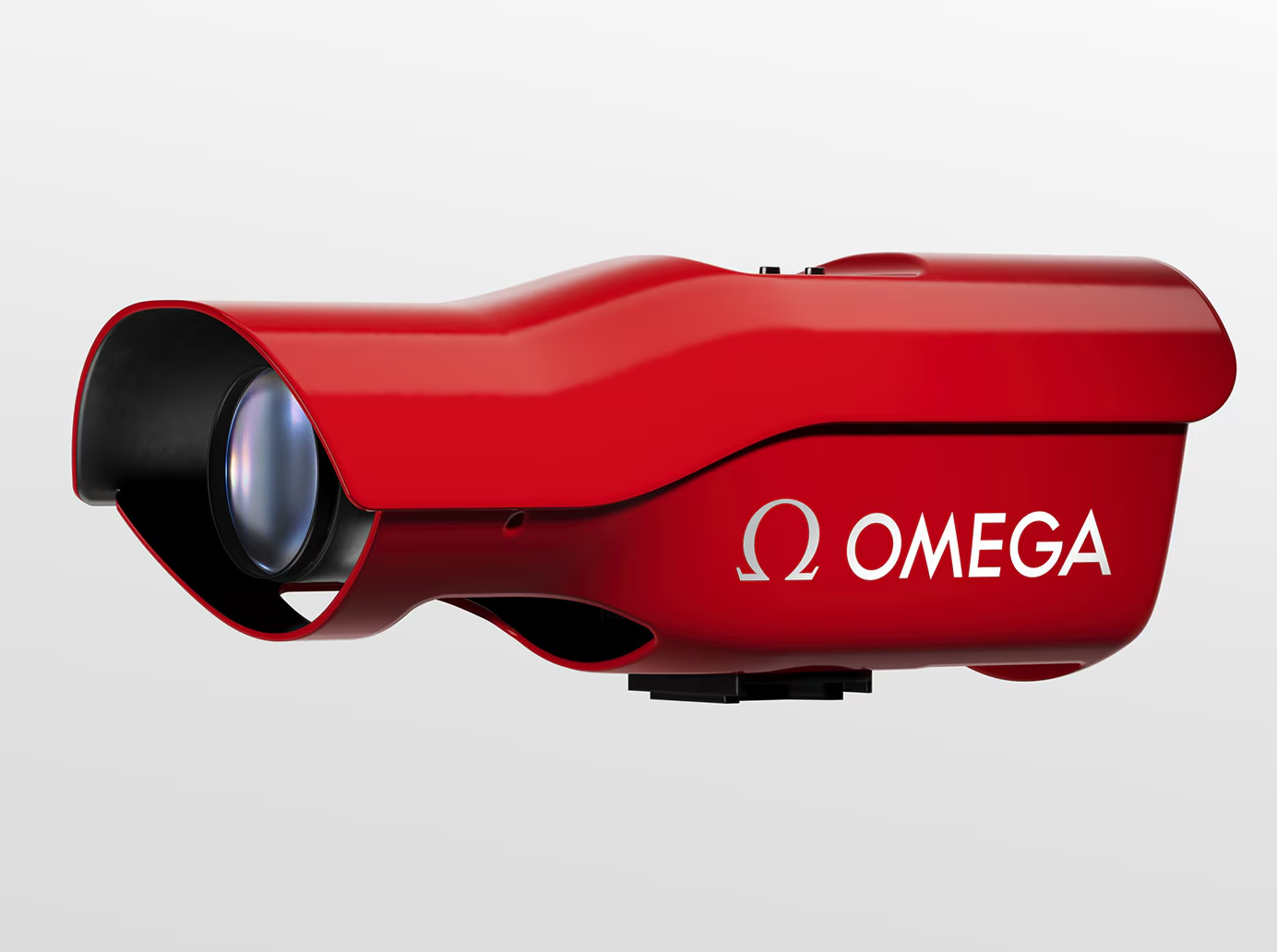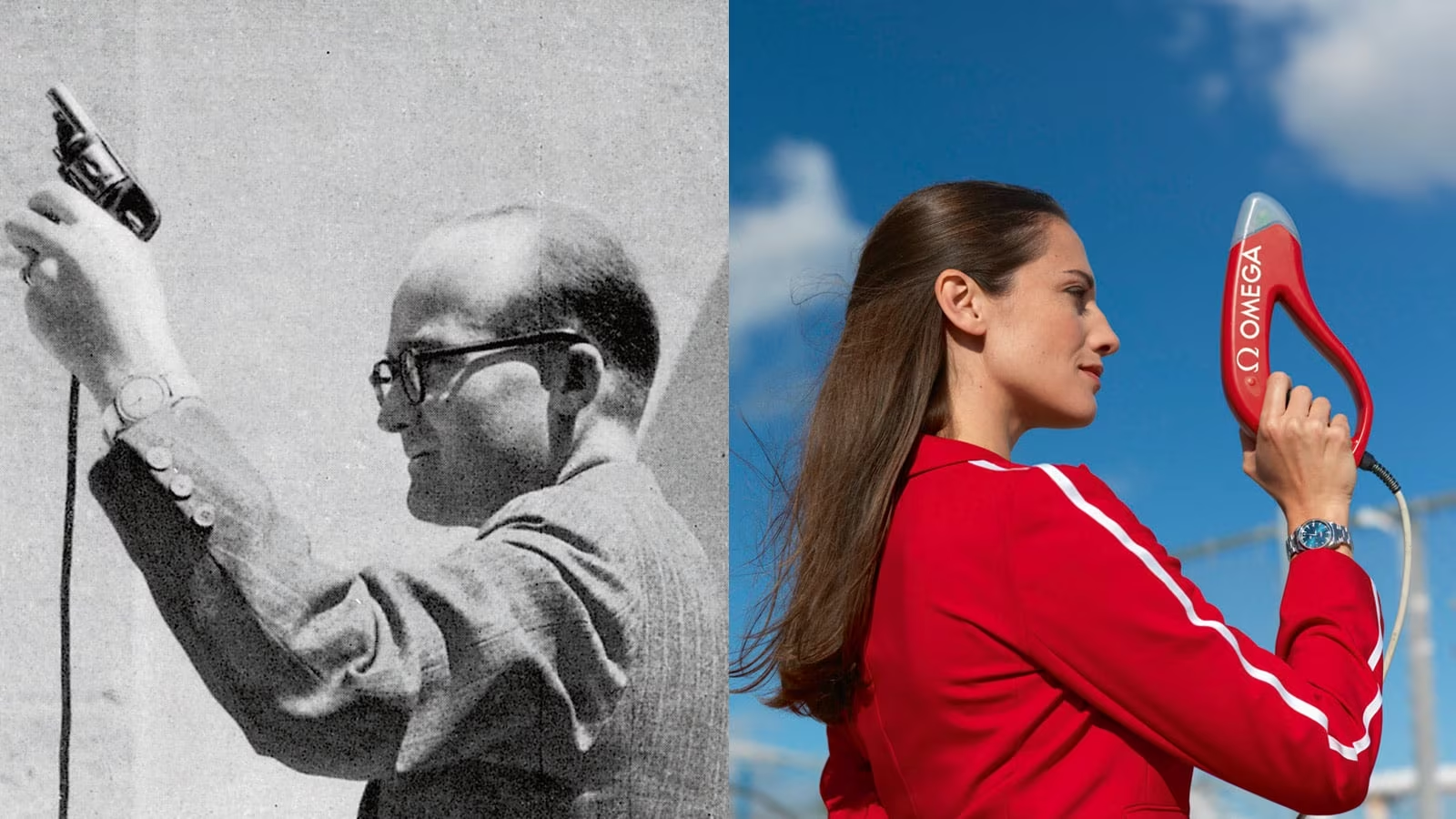
In 1932, Omega pocket watch chronographs were already considered among the most reliable instruments to measure world-class performance at sporting events. The brand’s reputation was such that the International Olympic Committee (IOC) asked it to supply all sports timing devices for use at the Olympic Games to be held that year in Los Angeles. Back then, the brand only managed to have 30 split-second chronographs to the event; now Omega boasts a team of timekeeping professionals supported by up to 450 tonnes of equipment, but the goal remains the same: to deliver the exact timing to the world’s finest athletes.
The Paris 2024 Games will mark the 31st time since the brand’s involvement, where Omega will fulfill the role of Official Timekeeper, recording dreams in all 329 Olympic events across 32 sports. Overall, the Swiss brand brings close to a century’s worth of experience to its timekeeping role to Paris with the most advanced technology it has ever delivered.
Down to the millionth
During the initial stages, people were still mostly in charge of clocking the times of the athletes’ performances. It wasn’t until the 1948 Olympic Winter Games at St. Moritz that Omega then introduced photoelectric cells which outperformed the reaction times of humans to more accurately capture the timings. As the era of electronics boomed, accuracy grew to the nearest hundredth of a second in 1952.
Then in 1964, the Omegascope introduced the concept of real-time in televised sports, superimposing numbers on the bottom of the screen; it revolutionised timekeeping when it debuted in Innsbruck – the first fully electronic Games!
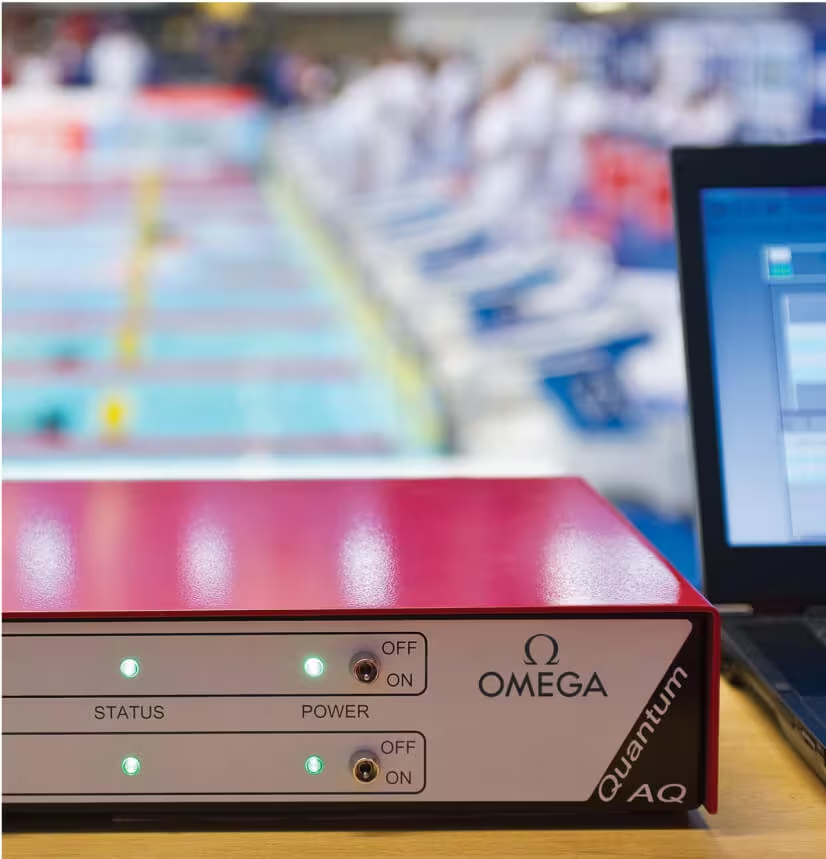
Omega further enhanced Olympics timekeeping in 1968 at the Games in Mexico City. The talk of that season was the touchpad in the pool, which allowed for the competing swimmers themselves to stop the clock, and thus eliminate the need for poolside timekeepers. But even that feat was topped in 1992, at the 1992 Winter Games in Albertville, when speed skaters were treated to the Omega Scan-O-Vision system that digitally measured times to the nearest thousandth of a second as the skaters crossed the finish line.
And if you thought Omega was done in terms of accuracy, you’d be wrong. In 2012, the Swiss maison trumped that with the creation of its Quantum Timer. With an enhanced resolution of one millionth of a second – and a maximum variation of only one second out of ten million seconds – the device heralded a new era of Omega Timing products.
Tech advancements
The technology Omega developed for the Olympics has revolutionised the starting and timing systems to ensure fairness and efficiency in competitions. Traditional starting pistols have been replaced by Omega’s electronic model, which uses speakers behind each athlete to emit a sound and flash of light simultaneously, providing a more synchronised start. Additionally, modern starting blocks are equipped with sensors that measure an athlete’s force and detect false starts in real time, adhering to strict reaction time standards.
The Scan‘O’Vision Ultimate camera, known for its high resolution, captures up to 40,000 images per second to clarify close finishes swiftly, while the photocell technology has eliminated the need for tape by recording winning times instantly when athletes cross light beams. On top of that, Omega’s hi-resolution scoreboards enhance the viewing experience with vibrant animations and athlete imagery, and the Swimming Light Show employs colour-coded lights to display race outcomes clearly, ensuring that both spectators and competitors can easily identify the results.
Omega’s enduring partnership with the Olympic Games exemplifies a remarkable journey of innovation in sports timekeeping that has evolved dramatically since 1932. With more than 90 years of experience, the brand continues to set the standard for accuracy and reliability, leveraging cutting-edge technology to enhance the performance of athletes and the overall experience for spectators.
From the introduction of photoelectric cells to the state-of-the-art Quantum Timer, Omega has consistently pushed the boundaries of what is possible in timing, playing a crucial role in ensuring fairness and precision in competitive events. As we look forward to the outcomes of the Paris 2024 Games, Omega’s commitment to excellence will not only uphold the integrity of the Games but also celebrate the spirit of athletic achievement, reinforcing the brand’s legacy as the trusted timekeeper for the world’s greatest sporting event.
Click here to find out more about Omega or the Olympics.
All images from Omega




